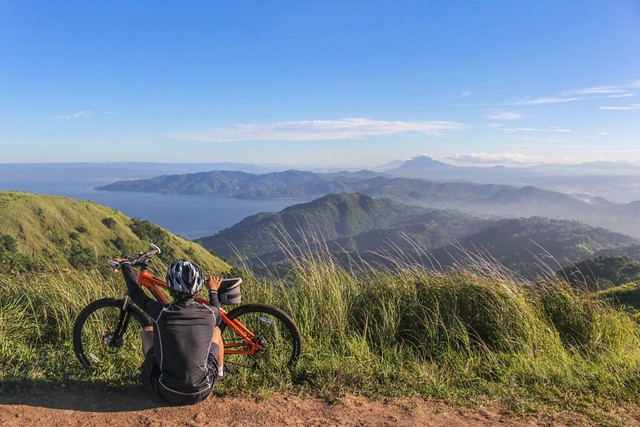
Summer is here, and it’s time to head outdoors! June is National Camping Month, and it also features National Trails Day, National Recreational Vehicle Day, World Ocean Day, and National Get Outdoors Day. But before you hit the trails or the waterways this summer, take a few precautions to avoid giving invasive pests a free ride to new territories. We have some ideas on how you can help!
To reduce the spread of invasive pests through outdoor activities, USDA’s Animal and Plant Health Inspection Service, through its Hungry Pests campaign, is teaming up with the North American Invasive Species Management Association (NAISMA) to host PlayCleanGo Awareness Week, June 6–13, 2020.
Invasive insects and plant diseases cost the United States an estimated $40 billion each year in damages to trees, plants, crops and related eradication and control efforts. As people spend more time outside, we want everyone to be aware of what’s at stake and how to make a difference.
Many people don’t realize they can unintentionally spread invasive species with their boots, tires, boats, firewood, pets, horses and more, says PlayCleanGo Campaign Manager Krista Lutzke. Threatened and endangered species are especially vulnerable. Nearly 50 percent of endangered or threatened species are at risk due to predation or loss of habitat caused by invasive species, according to Lutzke.
This is a global issue. The United Nations estimates that each year, invasive species destroy up to 40 percent of food crops and cause $220 billion in trade losses worldwide.
To help reduce their spread, PlayCleanGo recommends: using a boot brush station along hiking trails; checking and cleaning camping gear, bikes, or boating equipment before heading out; and removing ornamental invasive plants from your backyard.
What should you look for? Invasive pests range in size from microscopic to large and distinctive. The Asian longhorned beetle, for example, is a large wood-boring insect that poses a serious threat to America’s hardwood trees. Its larvae hides in untreated firewood. Don’t Move Firewood recommends campers buy or gather firewood where you’ll burn it or purchase certified, heat-treated firewood before you travel to avoid spreading this pest.
On the opposite side of the size spectrum is a pathogen called Phytophthora ramorum, which causes sudden oak death and spreads through infected soil and water. This pathogen leaves distinctive signs of its damage to the trees and shrubs it infects. You can avoid spreading this pathogen—as well as other invasive plants and pests. Simply avoid transporting soil, pests or plant parts from one place to another.
Belle Bergner, NAISMA’s Executive Director says, “The bottom line is that it usually only takes 30 seconds to check and clean gear before heading out. It’s an easy thing that everyone can do to be a part of the solution.”
Join us! You can demonstrate how you “PlayCleanGo” on social media with the hashtag #PlayCleanGoWeek, using simple tips you learn from the campaign. To take the PlayCleanGo pledge, visit www.playcleango.org/pledge. Ready to amplify your impact? Learn more about the invasive pests impacting your state, how to spot them, and where to report them at HungryPests.com.

